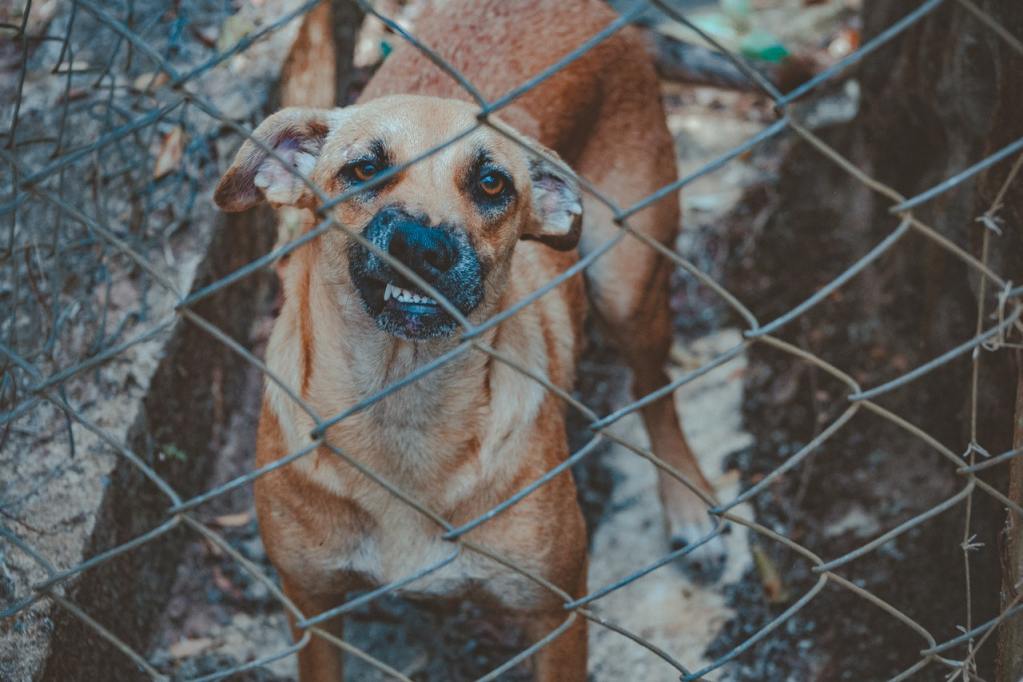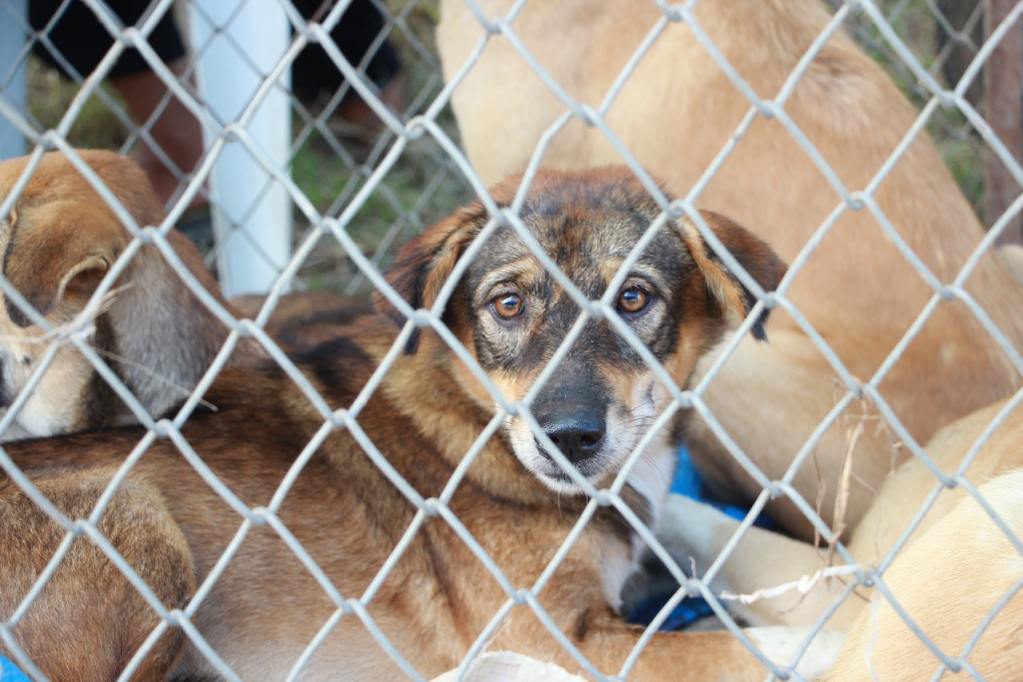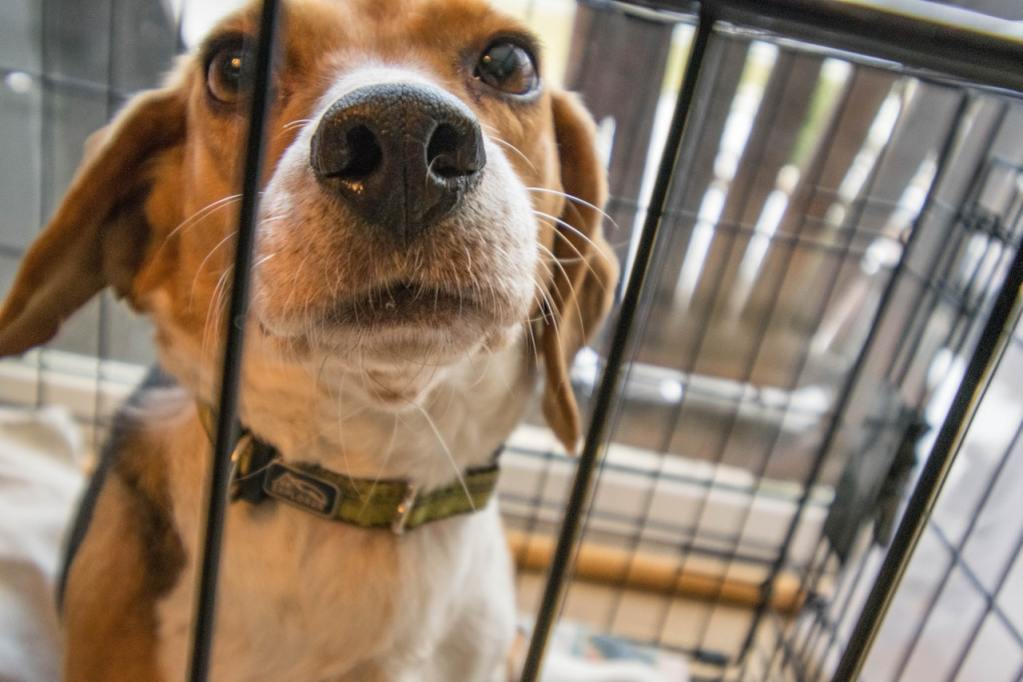Few issues are as harrowing and heartbreaking as animal cruelty and neglect. An animal is abused every 60 seconds, with dogs making up around 65% of abuse cases. There are 86,400 seconds in a 24-hour period, which means roughly 1,440 animals face abuse every single day. The vast majority of these cases go unreported or underreported to law enforcement agencies or media outlets.
If you're as frustrated as we are, there is a light at the end of the tunnel. We're not saying animal cruelty prevention is easy, but the following tips can help you recognize the signs of abuse and neglect.

Recognizing animal abuse
When facing an issue as distressing as animal abuse, it's easy to let your emotions get the better of you. It's also normal to wonder how to stop animal abuse when it's so prevalent. As it turns out, ending animal abuse starts with knowledge.
According to the Humane Society, "Animal cruelty encompasses a range of behaviors harmful to animals, from neglect to malicious killing."
While negligence is far more challenging to spot, you may not always recognize the signs of violent abuse at first glance. Here are a few tips abusers don't want you to know.
Negligent abuse
Arguably the most common form of animal abuse, negligence is so insidious because it can be difficult to spot. Signs of neglect you may notice include poor living conditions, including animals left (or even chained) outside during extreme temperatures and storms.
Neglect can sometimes look like violence, making it difficult to know the severity of an animal's situation. Untreated injuries, infections, and a disheveled appearance all indicate negligence. Animals subjected to neglect may also be extremely thin, dirty, or covered in mange.
Hoarding
Although it's not frequently discussed as a form of animal cruelty, hoarding creates an unsafe environment for animals. If an individual hoards animals, they are often unable to care for them adequately. Unfortunately, hoarding is frequently tricky to uncover, as most hoarders are unlikely to invite company into their homes to witness their behavior.
Violent abuse
Unless you witness abuse firsthand, it's not always easy to know when an animal is being abused. Visible signs that may indicate abuse include overt shows of submissive behavior, such as whimpering, tucking the tail between the legs, rolling onto the back, and urination.
If a formerly friendly animal avoids contact or flinches, there's reason to suspect abuse. Snapping, snarling, and attempting to scratch could mean the animal is being abused. Unexplained injuries like visibly broken bones, open wounds, and limping are additional cues you should look out for.
Why is animal abuse so concerning?
In addition to the most obvious cause for concern — the suffering of an innocent animal — animal abuse is often a sign of domestic abuse. A study conducted by the Massachusetts Society for the Prevention of Cruelty to Animals and Northeastern University discovered that people who abuse animals are five times more likely to abuse humans.

Reporting animal cruelty
Witnessing animal cruelty is always distressing, but it also grants you the ability to act immediately. If your city or town has an animal control agency, you should contact it as soon as possible. If there is no such organization locally — or you don't know the number — you can call 911 to report the abuse if you feel the animal is in immediate danger. You can also contact the Humane Society's Animal Rescue Team for assistance.
If you can do so without endangering yourself, intervene on the animal's behalf. If that's not possible, take photos or video of the incident or its aftermath. Document the time, date, and location of the incident as accurately as possible. This will make informing authorities much easier.

How you can fight against animal cruelty
As important as it is to report abuse, the battle against animal cruelty doesn't end there. Here are five steps you can take to help combat animal abuse in your community.
Step 1: Teach your children to care for animals
The first step is to teach kids how to care for animals properly. Help kids learn how to be responsible pet owners when they're young, and they'll be much more likely to advocate for animal welfare as adults.
Step 2: Make personal changes
The next thing you can do right now is make changes within your home. Companies use 500,000 animals in cosmetic testing worldwide every year, including mice, rabbits, cats, and dogs. Over 55 billion land and sea animals die each year for our food supply. Consider making the switch to cruelty-free products and reducing or eliminating your consumption of meat.
Step 3: Consider fostering or adopting animals in need
Next, if you are able, foster an animal. Fostering saves lives. If you know someone who can't provide adequate care for their animals, consider taking them in if you have the resources to do so. Shelters are always looking for foster families to care for orphaned kittens, frightened dogs, and others who may need a bit of extra care.
Step 4: Support tough legislation
Animal abuse is punishable by law in all 50 states, though some states are much tougher on abusers than others. Throwing your weight behind stricter animal abuse laws helps ensure those who hurt defenseless animals have to face the consequences of their actions.
Step 5: Speak out against animal cruelty
Lastly, use your voice. As we mentioned, if you see an animal suffering abuse, speak up. In addition, most of us use one social media platform or another. Follow local animal shelters and protection agencies on social media and share their posts.
You can make a stand against animal cruelty in your community. Supporting strict legislation, sharing information on how to properly care for animals, and reporting suspected animal abuse are all essential steps to stopping cruelty in its tracks. We may not be able to save them all, but we owe it to the animals to try.



